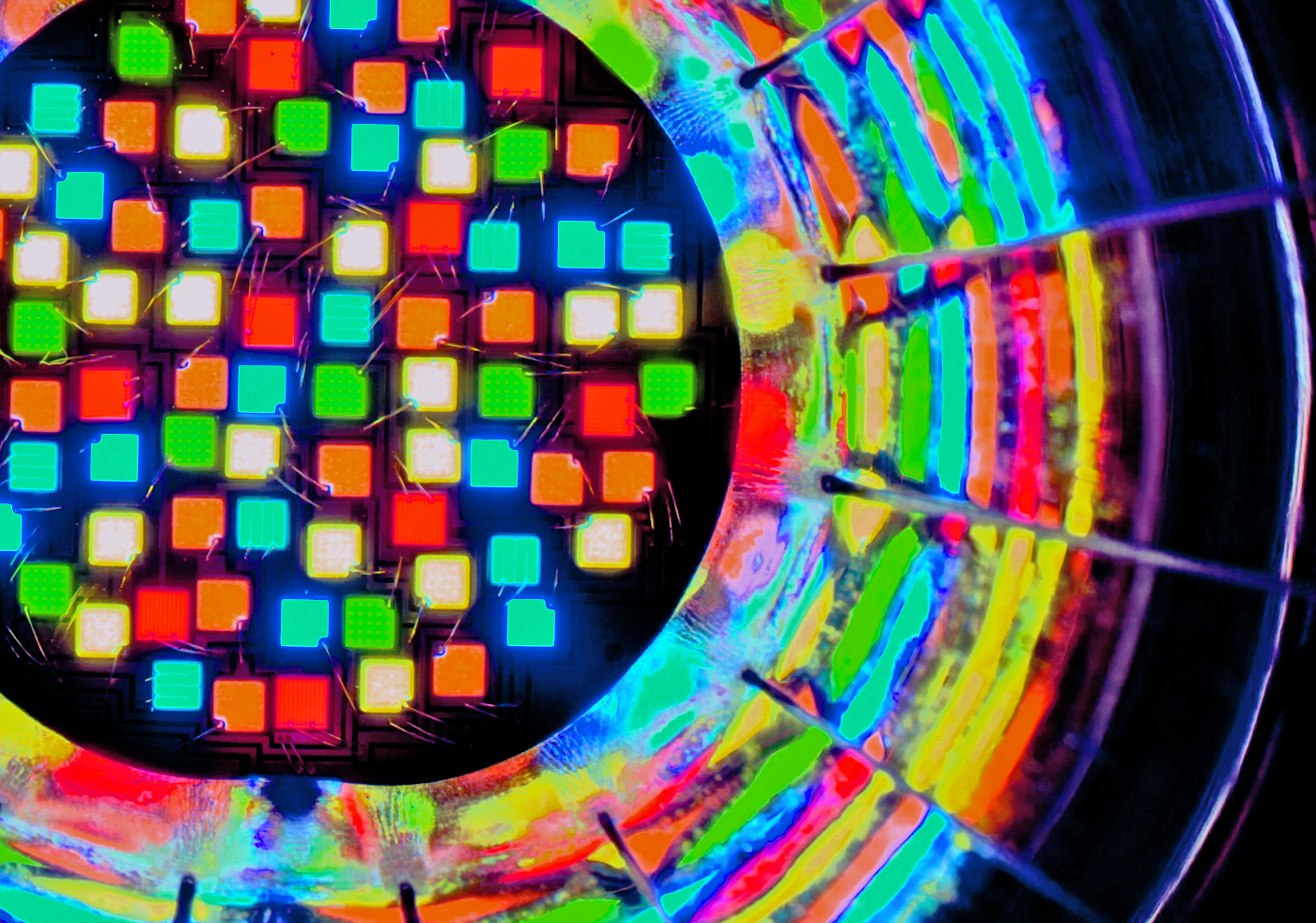The Ongoing Evolution of LED Lights
Still using incandescent and fluorescent? The clock is ticking

Of all the cultural advances that have fostered humanity, the most important may have been the discovery of fire. The ability to harness the heat and light of fire helped elevate humanity from just another species scrambling for survival, to become spacefarers. Harnessing light is a quest that threads its way through history—LEDs being the latest chapter in that story.
The development of LEDs follows a repeating path of light source breakthroughs. In previous eras, oil lamps, gas lighting and incandescent fixtures all went through a process of becoming more refined and perfected during their time. Right now, LEDs are just emerging from the awkward teenage years.
In evolutionary terms, the advent of LED is nothing short of a revolution. By comparison, incandescent light is a dinosaur. From an energy standpoint, LEDs are roughly eight times more efficient than tungsten-halogen lamps.
“Two steps forward and one step back” is the dance of technological innovation. So, it is with lighting.
Early LED fixtures remind me of the dawning of the automotive age. Carl Benz’s first car was basically an internal-combustion engine bolted to a horseless carriage. Likewise, early LED fixtures were little more than flat boards with rows of LEDs. The more sophisticated efforts were clusters of LEDs packed in the shells of traditional incandescent fixtures. In retrospect today, these were clunky, if significant steps forward.
The Case of the LED Fresnel
Many of the refinements that we had in the classic incandescent versions of “workhorse” light fixtures have suffered in the transition. One case in point is the LED Fresnel, because today’s version has a completely different optical path than the incandescent one. By comparison, lighthouses from two centuries ago have better optical design than today’s LED Fresnels.
Those who work with “classic” studio lights will have noticed that only a few inches in the middle of LED Fresnel lens are now illuminated at “flood.” It still works, but because the area of illuminated lens is so small, the beam no longer “wraps” the face. As with all lights, the relative size of the illuminated aperture directly impacts the quality of the shadows. Such nuances may seem minor, but they are also the subtle tools of lighting as an art.
The professional video industry's #1 source for news, trends and product and tech information. Sign up below.
Charles Darwin said, "It is not the strongest of the species that survive, nor the most intelligent, but the most responsive to change."
Nature tries out many designs in evolution with a randomness that’s been described as a staggering drunken sailor. Apparently, so do some designers. We’re seeing that play out now with some novel, and occasionally brilliant, designs. As in nature, only the adaptable ones survive.
Advances in LED chip density and optical design are leading these changes. Lumen-per-watt performance has already out-paced the original Department of Energy’s hypothetical limits. Likewise, the bar for acceptable color has been raised to near perfection.
The shape of light fixtures reflects its component’s parts. The industry started with Dual In-Line Package (DIP) LEDs, which naturally gave us the original flat-panel “soft” lights. Since then LEDs have evolved at a breathtaking rate.
The best we have today are Surface-Mounted Diode (SMD) and Chip-on-Board (COB) LEDs. The density and brightness of these LEDs is increasing the way that computer chips did in their early days, but the luminous capsule is still quite large compared to either arc or incandescent lamps. That’s limited the optical design potential of fixtures to date, but the components themselves are evolving with the clearing of each technical hurdle.
Color Takes Center Stage
It’s no longer just the amount of light, but the quality of the light. Color has taken the center stage. LEDs are a discontinuous spectrum source and getting the right color mix is complicated. Like a dish out of a gourmet kitchen, it’s the mix of quality ingredients that create the desired taste. Likewise, the best light fixtures today are made by those who understand the nuanced recipes for beautiful color. The worst examples are like cold burgers from a fast-food chain: Slightly green and sickly-looking.
Both LEDs and camera sensors are discontinuous spectrum devices, so getting the right light to stimulate the sensors requires an informed understanding. Lights interact with cameras almost as paired devices. If the spectral frequencies don’t match up, nothing looks right. Fortunately, there is a shorthand way to evaluate the color quality of light fixtures.
Color quality distinguishes the best from the rest.
CRI (Color Rendering Index) and TLCI (Television Lighting Consistency Index) scores will give you a reasonably accurate basis for comparing light fixtures: a “perfect” score for CRI and TLCI is 100. Anything over 90 is fairly good, but scores of 95 or higher are considered the new benchmark for excellence. There are quite a few competing scales evaluating color quality, but CRI and TLCI scores are readily available from most manufacturers today. This, too, will change over time.
Still using incandescent and fluorescent? The clock is ticking.
With the ongoing lamp industry consolidations and changes, you will one day find that replacement studio fluorescent lamps are simply unavailable. I’ve already seen some sites selling “gently used” fluorescent lamps—if your management needs to see the writing on the wall to move forward, consider them. Besides, your anchors shouldn’t have to dodge red hot shards of glass from exploding incandescent lamps.
To help with the transition, some manufacturers are offering LED upgrade kits for their earlier lights. This could be a good choice for fixtures with good, original build-quality. I applaud the effort to find a more sustainable equipment life cycle. Reusability makes good sense.
The Changing Shapes of Light Fixtures
Generations of professional use and refinement have given us the traditional lighting fixtures that serve the industry today. But the advent of any new light source, such as LED, brings unique requirements that require new shapes. One such new form has been the “mono-light” lamp-head.
Mono-lights use either proprietary or universal accessory mounts (such as Bowens) to accept a broad range of accessories. These fixtures are designed to emulate the qualities of single-purpose light fixtures with a matching attachment. They offer an adaptability that reminds me of a Swiss Army Knife: some of the “tools” work passably well, but none are the equal of the single-purpose version. I can’t imagine a grip truck filled with them but they will offer more utility for those working out of their car trunks. One multi-tool doesn’t do everything, any more than one size fits all. Perhaps it’s fine for a travel kit, but not for lighting a full studio.
And so, we’re in the midst of great change in our lighting tools. This evolution will eventually lead to a clarification of form, but we’re a long way off from the equilibrium we had in the era of incandescent. The one constant we have today is our need to tell our stories—a task for which lighting continues to play a key role.
Bruce Aleksander is a lighting designer accomplished in multi-camera Television Production with distinguished awards in Lighting Design and videography. Adept and well-organized to deliver a multi-disciplined approach, yielding creative solutions to difficult problems.

